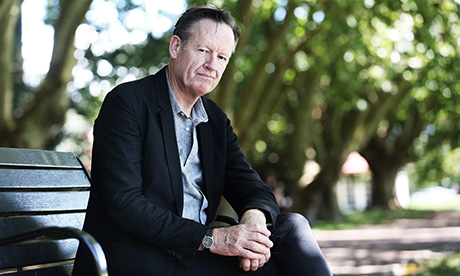How excited they were when it was announced.
On October 19, Housing Minister Megan Woods and National leader Judith Collins jointly declared their support for the Resource Management (Enabling Housing Supply and Other Matters) Amendment Bill.
This bill, they said, would allow “at least 48,200 and as many as 105,500 new homes” to be built in the next five to eight years. It was so important, they’d get it passed by Christmas.
A breakthrough housing accord: It was a rare example of bipartisan support, and for such a good cause, too.
An approving John Tookey, professor of construction management at AUT, marked the occasion by quoting Shakespeare: “Misery acquaints a man with strange bedfellows.”
There was a man – Environment Minister David Parker, a principal architect of the bill – but it was mainly women at the podium that day.
Woods, Collins and National’s Nicola Willis all looked very pleased with themselves.
The new law will eliminate the single housing zone in our larger cities and allow three homes of up to three storeys on almost any site, without the need for a resource consent. There will be no large-scale “character overlay” to limit development in older suburbs.
The bill will also cut other “red tape”, making property development easier.
The New Zealand Initiative (NZI), a centre-right think tank, called it “a superb first step” while noting the need for better infrastructure financing “to truly unlock the potential” of the bill.
The Coalition for More Homes (CMH) said the bill was “a major step forward in allowing more housing to be built, in existing urban areas close to public transport, services and amenities”.
CMH is a fairly broad church: NZI is a member, along with Generation Zero, Greater Auckland and social housing providers like Habitat for Humanity.
Te Waihanga, the Infrastructure Commission, called the news a “win-win”.
“When we allow for greater density around existing infrastructure, we reduce the need for the extra roads that would be necessary if we were to continue regulating for low-density in our major cities.”
The bill is touted as giving speedy effect to the 2020 National Policy Statement on Urban Development (NPS-UD), which puts a clear focus on density and integrated development, where housing, transport and other services are planned together.
The NPS-UD, in my view, for its capacity to make Aotearoa New Zealand a better country to live in, is quite possibly the most important policy to have come out of this government.
But by my reckoning, this new bill subverts the NPS-UD in at least nine ways.
Julie Stout, a leading architect, spokesperson for Urban Auckland and member of the Urban Design Forum (UDF), a coalition of design professionals, calls it “a slum enabling act”. Continue reading
Additional readingNews category: Analysis and Comment.




